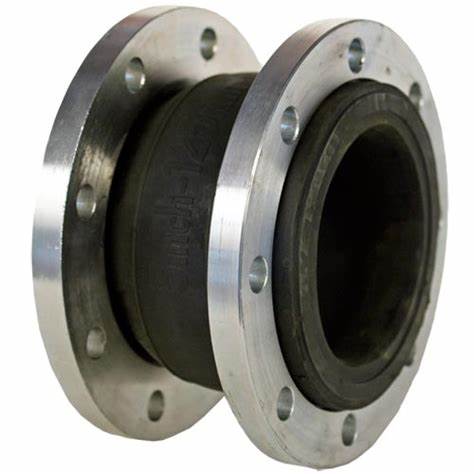China's Innovative Butterfly Valve Solutions for Diverse Industrial Applications
The Rise of Butterfly Valves in China A Comprehensive Overview
In recent years, China has established itself as a significant player in the global manufacturing of butterfly valves. These essential components are widely used in industries such as water treatment, oil and gas, chemicals, and power generation. Butterfly valves are favored for their simplicity, reliability, and efficiency in regulating and directing fluid flow. This article explores the evolution, production, and future of butterfly valves in China.
Understanding Butterfly Valves
Butterfly valves are quarter-turn valves that utilize a circular disc, or butterfly, to control the flow of fluid through a pipe. The term butterfly refers to the valve's disc, which is mounted on a rotating shaft. When the valve is opened, the disc is rotated to a 90-degree angle, allowing fluid to flow freely. Conversely, when closed, the disc blocks the flow, effectively sealing the pipeline.
These valves are known for their compact design, lightweight, and cost-effectiveness, making them ideal for a range of applications. They are particularly useful in large-scale industrial environments where weight and space are critical factors.
China’s Butterfly Valve Manufacturing Landscape
China has become one of the largest producers of butterfly valves in the world. This transformation is driven by several factors
1. Infrastructure Development Rapid urbanization and industrial growth within China have led to an increased demand for butterfly valves. They are critical components in water supply systems, sewage treatment plants, and industrial pipelines.
2. Technological Advancements Chinese manufacturers have invested heavily in modernizing their production facilities. Advanced technology and automation have improved efficiency and product quality, allowing companies to produce high-performance butterfly valves that meet international standards.
3. Competitive Pricing The combination of lower labor costs and economies of scale has enabled Chinese manufacturers to offer butterfly valves at competitive prices. This has made them attractive to both domestic and international buyers seeking reliable valves without a hefty price tag.
4. Variety and Customization Chinese manufacturers are adept at producing a wide range of butterfly valves, including resilient-seated, high-performance, and sanitary types. They also provide customization options to meet specific customer needs, further enhancing their appeal in the global market.
butterfly valve china

Challenges Faced by the Industry
Despite its success, the butterfly valve manufacturing sector in China faces several challenges. Quality control remains a critical concern, as some manufacturers may prioritize cost-cutting over quality assurance. This can lead to subpar products that may not meet safety and performance standards.
Additionally, increased environmental regulations are pushing manufacturers to adopt more sustainable practices. This transition requires investment in eco-friendly technologies and processes, which can strain resources for some companies.
Moreover, the competitive landscape is becoming tougher, with manufacturers from Europe and the United States also vying for market share. To maintain their edge, Chinese manufacturers must continue to innovate and enhance their product offerings.
The Future of Butterfly Valves in China
Looking ahead, the future of butterfly valves in China appears promising. As the government prioritizes infrastructure development in its long-term plans, the demand for efficient flow control solutions is expected to rise. The transition towards renewable energy sources also presents opportunities for butterfly valves in new applications.
Moreover, there is an increasing shift towards automation and smart technology within the manufacturing sector. Incorporating IoT (Internet of Things) capabilities into butterfly valves could enhance monitoring and control, leading to improved operational efficiency and predictive maintenance.
As the industry evolves, collaboration between manufacturers, research institutions, and end-users will be crucial. By focusing on innovation, quality, and sustainability, Chinese manufacturers can solidify their position in the global market for butterfly valves.
Conclusion
In summary, China has emerged as a powerhouse in the production of butterfly valves, driven by infrastructure demands, technological advancements, and competitive pricing. While challenges persist, the future remains bright, with opportunities for growth in new sectors and enhanced technologies. As the industry adapts to changing market demands and regulatory environments, butterfly valves will continue to play a vital role in various applications, reinforcing China's stature in the global supply chain.
-
3-types-of-check-valves-maintenance-tipsNewsAug.23,2025
-
ball-valves-types-with-trunnion-mounted-designNewsAug.23,2025
-
butterfly-valve-company-production-capabilitiesNewsAug.23,2025
-
fisher-globe-valve-technical-specificationsNewsAug.23,2025
-
types-of-gaskets-for-flanges-selection-guideNewsAug.23,2025
-
wedge-gate-valve-suppliers-quality-standardsNewsAug.23,2025
-
Breakthrough in Domestic Low Temperature Valve Technology in ChinaNewsAug.18,2025




